1.The Beginnings and Growth
If vast golden paddy fields, fluting bamboo forests and the fragrant flavors of tea remind us of Assam, native traditions and oral forms of folk art lead us into the rich treasure of Assamese literature. It is always the individuals and the groups that contribute to the growth of literature. And in Assam, territories and borders also tried to create it.
The earliest folk literature of Assam dates back to 600 AD. Literature of Assam has its roots in the ballads,lyrical songs,hymns,rituals and festival songs, Bihu folk songs, lullabies, sayings and folk tales.
The first instance of written Assamese literature is found in the Caryaapadaas, Vaishnavaite Literature, Panchali Literature and Charitputhis. The Ahoms gave a royal status to Assamese Literature. A great number of works were translated into the Assamese language. The most notable and unique contribution of the Ahoms literature was the historical literature called Buranjis.
The early Assamese literature is either translation or adaptation from the Epics and the Puranas . The oldest Assamese writer was perhaps Hema Saraswati, who wrote the famous Prahlada Charita in the late 13th century AD. Madhava Kandalis’ translation of the Ramayana and Rudra Kandalis’ translation of Drona Parva of Mahabharata are the two classical Assamese works of the 14th century AD. Durgavara’s Giti Ramayana, poems and songs from the Puranas by Pitambara and Manakara and the mass of literature called Mantras are the prominent works of the 15th century.
During the height of the Bhakti Movement in Assam in the 15th century, the poet Shankara Deva (1449-1568) emerged on the scene and produced a host of devotional songs and translations from the Sanskrit canon. Sankara Deva’s masterpieces are Kirtana-ghosa, Bhakti-pradipa, Rukmini-harana, Harischandra-upakhyana and Bali-chalana. Rama Saraswati’s lucid translation of the Mahabharata and Vadha Kavyas (stories from the Puranas) and Madhavadeva’s Rajasuya Yagna and Vara-Gita were the other popular works of the period.
The Ahoms Kings of Assam also contributed greatly towards the development of Assamese literature. They produced a unique collection of chronicles called Buranjis (Court Chronicles), which consisted of political, judicial and revenue records pertaining to the period 1228-1824 AD. The Ahoms also produced great volumes of technical literature on astrology, medicine, mathematics, music, dancing and other subjects based on the Sanskrit works. Kaviraj Chakravarti’s translation of Brahmavairarta Purana and Sakuntala and Rajeswar Singha’s Kitchakhadh were the noteworthy works of the Ahoms.
Between the 16th and 19th centuries, numerous translations from the Epics and Puranas were produced along with the kavyas based on their stories. Secular and romantic poems, biographies and devotional anthologies were also produced in large numbers.
In the modern period the Christian missionaries Nathan Brown and Miles Bronson helped in promoting writings in Assamese. While Brown produced the Grammatical Notices of the Assamese Language (1848), Bronson brought out the Assamese-English Dictionary (1867). The Bible was translated into Assamese in 1813. In 1839 another English missionary W.Robinson brought out the first Assamese grammar in English called A Grammar of the Assamese Language.
The later half of the 19th century witnessed a flood of literary activity in Assam. Hemachandra Barua (1835-1896), the first great figure in modern Assamese literature, produced a work on Assamese grammar called Asamiya-Vyakarana (1895) and a dictionary called Hema Kosha (1900).
In the middle of the 19th Century Assamese magazines like Arunodaya Samvad Patra (1846) and Asam Bandhu (1885) were launched. Anandaram Dhekial Phukan (1829-96) and Gunabhiram Baruwa (1837-95) were the leading luminaries of this period. Gunabhiram Barua’s (1837-1895) Rama-navami (1857) and Hemchandra Barua’s Kaniya-kirtana (1861) were the earliest Assamese dramas.
The trio of Chandra Kumar Agarwala (1867-1938), Lakshminath Bezbarua (1864-1938) and Hemachandra Goswami (1872-1928) were the pioneers of the new poetry movement in Assam. They started the monthly magazine Jonaki in 1889. Agarwala published two powerful works, Pratima (1914) and Vin-Baragi (1923). Bezbarua also produced two collections of verses called Kadamkali (1913) and Padum Kali. His patriotic song O mor aponar des (O My Own Country) is one of the most memorable and popular pieces of literary work in Assamese. Hemchandra Goswami brought out a collection of poems called Phular Caki (1907).
A generation of novelists and poets like Bholanath Das (1858-1928), Kamlakanta Bhattacharya (1853-1927), Rajanikanta Bardalai (1867-1939), Hiteshwar Barbarua (1876-1939), Padmanath Gohain Barua (1871-1946), Benudhar Raj Khowa (1872-1935) and Raghunath Chaudhari (1879-1966) wrote profusely on patriotic, social and romantic subjects. Rajnikanta Bardoloi was the pioneer of the Assamese novel with many important novels like Mirijiyari (1895), Manomati (1900), Danduwa Drah (1909) and Rahadai Ligiri (1930). Gohain’s poetic works include Phular Caneki, Jurani (1900) and Lila (1901).
The tradition of mystical poetry in Assamese was popularised by Durgesvar Sharma (1882-1961) and Nalini Bala Devi (1898-1978). The ‘Omar Khayyam’ was translated into Assamese by Jatindranath Duara (1892-1978). Other renowned poets in Assamese were Ratnakanta Barrakakati (1897-1963), Parvati Prasad Barua (1904-1964), Kamalesvar Chaliha (b.1904), Padmadhar Chaliha (1895-1968), Jyotiprasad Agarwala (1903-1951), Prasannalal Choudhuri (b.1902), Binanda Chandra Barua and Devakanta Barua.
Some of the renowned contemporary writers in Assamese include Syed Abdul Malik (b.1919), Jogesh Das (b.1927), Birendra Kumar Bhattacharya (1927-1994), Bhirendra Phul Goswami, Indira Goswami, Harendra Kumar Bhuyan, Arupa Patangia Kalita and Manoj Kumar Goswami.
*

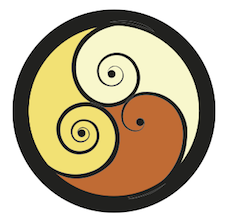

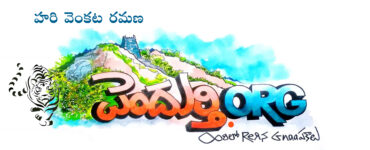
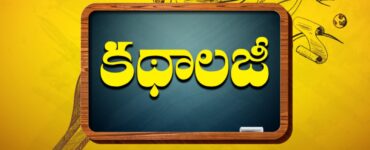
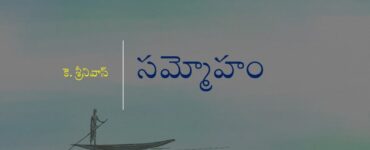
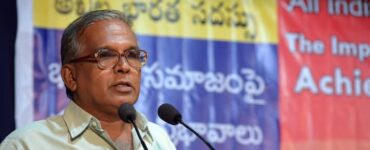

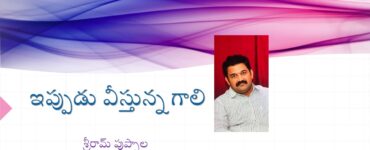
Add comment